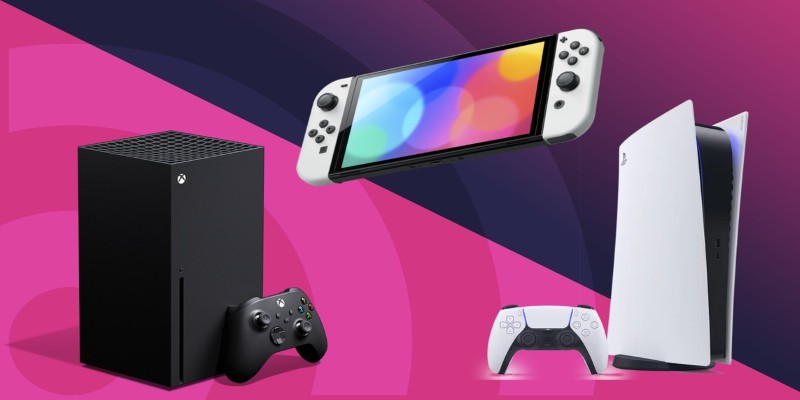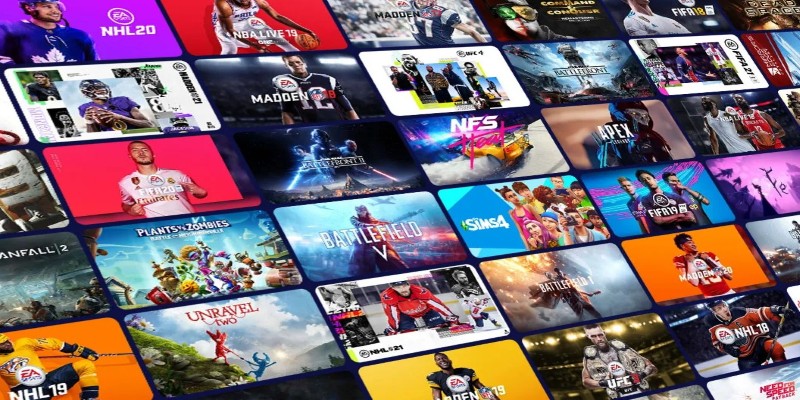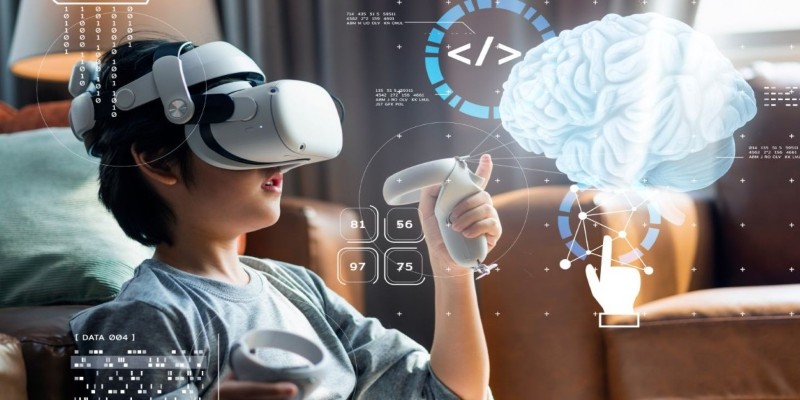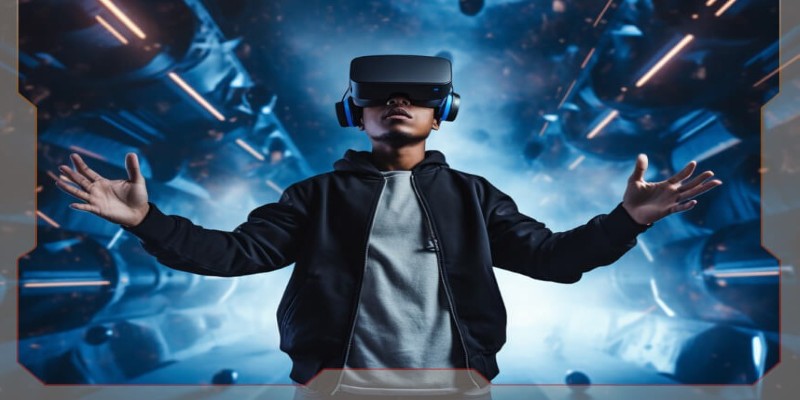How The Latest Gaming Consoles Changing The Market
The gaming console market in 2025 is buzzing with innovation, reshaping how players engage with video games. With cutting-edge hardware, seamless connectivity, and new features that cater to gamers' evolving preferences, the latest gaming consoles are making a significant impact. From enhanced performance to expanded gaming libraries, these consoles are more than just devices; they are gateways to immersive experiences that redefine entertainment. Let's delve into how these devices are changing the market and influencing the future of gaming.
Performance Redefined: Power, Speed, And Graphics
Gaming consoles in 2025 are setting new benchmarks for performance. The latest devices feature custom processors and graphics chips that rival high-end gaming PCs. With support for ray tracing, 4K resolutions, and frame rates exceeding 120 fps, visuals are more realistic than ever. Even during intensive sessions, advanced cooling systems and energy-efficient components ensure smooth gameplay.

Storage solutions have also transformed. Solid-state drives (SSDs) have become standard, drastically reducing load times and enabling more extensive, detailed game worlds. Players now spend less time waiting and more time immersed in their favourite titles. This performance level satisfies hardcore gamers and attracts casual players looking for a seamless experience.
Expanding Game Libraries And Subscription Models
One of the most significant shifts in the gaming industry is the rise of subscription services. Companies like Sony, Microsoft, and Nintendo invest heavily in game libraries, offering hundreds of titles for a monthly fee. These services provide access to blockbuster games, indie gems, and classic hits, giving players unparalleled value and choice.

Backward compatibility has also become a priority. Many new consoles support games from previous generations, ensuring that players’ existing collections are not rendered obsolete. This approach fosters brand loyalty and broadens the appeal of the latest systems. Additionally, cloud gaming is gaining traction, allowing users to stream games directly to their consoles without the need for large downloads or storage space.
Social Integration And Cross-Platform Play
Gaming consoles are no longer just about playing games; they are becoming social hubs. Enhanced online connectivity allows players to team up or compete with friends, regardless of the platform they use. Cross-platform play has broken down barriers between ecosystems, making it easier than ever for players on different devices to connect.
Social features extend beyond multiplayer gaming. Consoles now integrate with streaming platforms, enabling players to share gameplay with audiences in real time. Enhanced voice chat, video sharing, and even augmented reality tools create a sense of community that keeps players engaged. These innovations reflect the growing role of gaming as a social activity, bridging geographical distances and fostering global connections.
Redefining Immersion: VR And AR Integration
Virtual Reality (VR) and Augmented Reality (AR) are becoming integral to the gaming console experience. Leading brands are developing hardware that combines cutting-edge graphics with responsive motion tracking, offering players a new level of immersion. VR headsets are lighter, more comfortable, and have higher-resolution displays, reducing motion sickness and enhancing realism.

AR is also making waves by blending digital elements with real-world environments. Games that leverage AR provide unique, interactive experiences that appeal to traditional gamers and newcomers. These technologies push the boundaries of how players interact with virtual worlds, making gaming more dynamic and engaging.
Accessibility And Inclusivity In Gaming
The latest gaming consoles also prioritize accessibility. Developers are introducing features that cater to players with disabilities, such as customizable controllers, audio descriptions, and adaptive input systems. These efforts ensure that gaming is more inclusive, welcoming a broader audience to the community.
In addition to accessibility, representation in games is improving. Developers craft diverse characters and narratives that resonate with players from various backgrounds. These changes reflect a growing awareness of the need for inclusivity, making gaming a more enriching and inclusive pastime.
Environmental Sustainability In Console Design
Sustainability is becoming a key consideration in the gaming industry. Console manufacturers are adopting eco-friendly practices, from using recycled materials to designing energy-efficient hardware. Packaging has been streamlined to reduce waste, and companies are exploring carbon-neutral production methods.
Consumers are increasingly aware of their environmental impact, and gaming brands are responding by making sustainability a priority. This shift appeals to environmentally conscious players and sets a positive precedent for the tech industry.
Enhanced AI And Machine Learning In Gaming
Artificial Intelligence (AI) and machine learning are playing a growing role in shaping the gaming experience on modern consoles. These technologies are being used to create more adaptive and intelligent gameplay environments. For instance, NPCs (non-player characters) are now more responsive and realistic, reacting dynamically to players' actions instead of following scripted patterns.
Machine learning is also improving personalized experiences. Consoles can analyze players' preferences and gaming habits to recommend titles, optimize in-game settings, or adjust difficulty levels to match skill levels. Additionally, AI-driven tools are aiding developers in crafting richer, more immersive worlds by automating complex tasks like terrain generation and character animations.

The Future Of Gaming Consoles
The gaming console market is poised for innovation, with emerging technologies promising to reshape the industry. Advances in artificial intelligence could revolutionize in-game experiences, introducing more intelligent NPCs and adaptive difficulty settings tailored to individual playstyles, enhancing both engagement and challenge for players.
Meanwhile, the adoption of 5G connectivity and edge computing is set to significantly improve cloud gaming, ensuring faster, more reliable, and accessible gaming experiences for users across diverse regions. These advancements allow players to enjoy high-quality gaming without relying solely on powerful local hardware.

As the line between consoles and other devices continues to blur, the potential for gaming to integrate seamlessly into daily life grows exponentially. Future consoles may evolve into multifunctional entertainment hubs, offering a unified platform that combines gaming, streaming, communication, and productivity, catering to a wide range of user needs and lifestyles.
Conclusion
The latest gaming consoles are transforming the market by delivering cutting-edge performance, diverse game libraries, and groundbreaking features like VR and cross-platform play. These devices are not just entertainment tools; they shape how people interact, learn, and connect.
As technology continues to advance, the possibilities for gaming are limitless. The industry is entering a dynamic era where consoles adapt to meet players' needs, creating experiences that are more inclusive, immersive, and sustainable than ever before. The future of gaming is here, redefining what it means to play.



